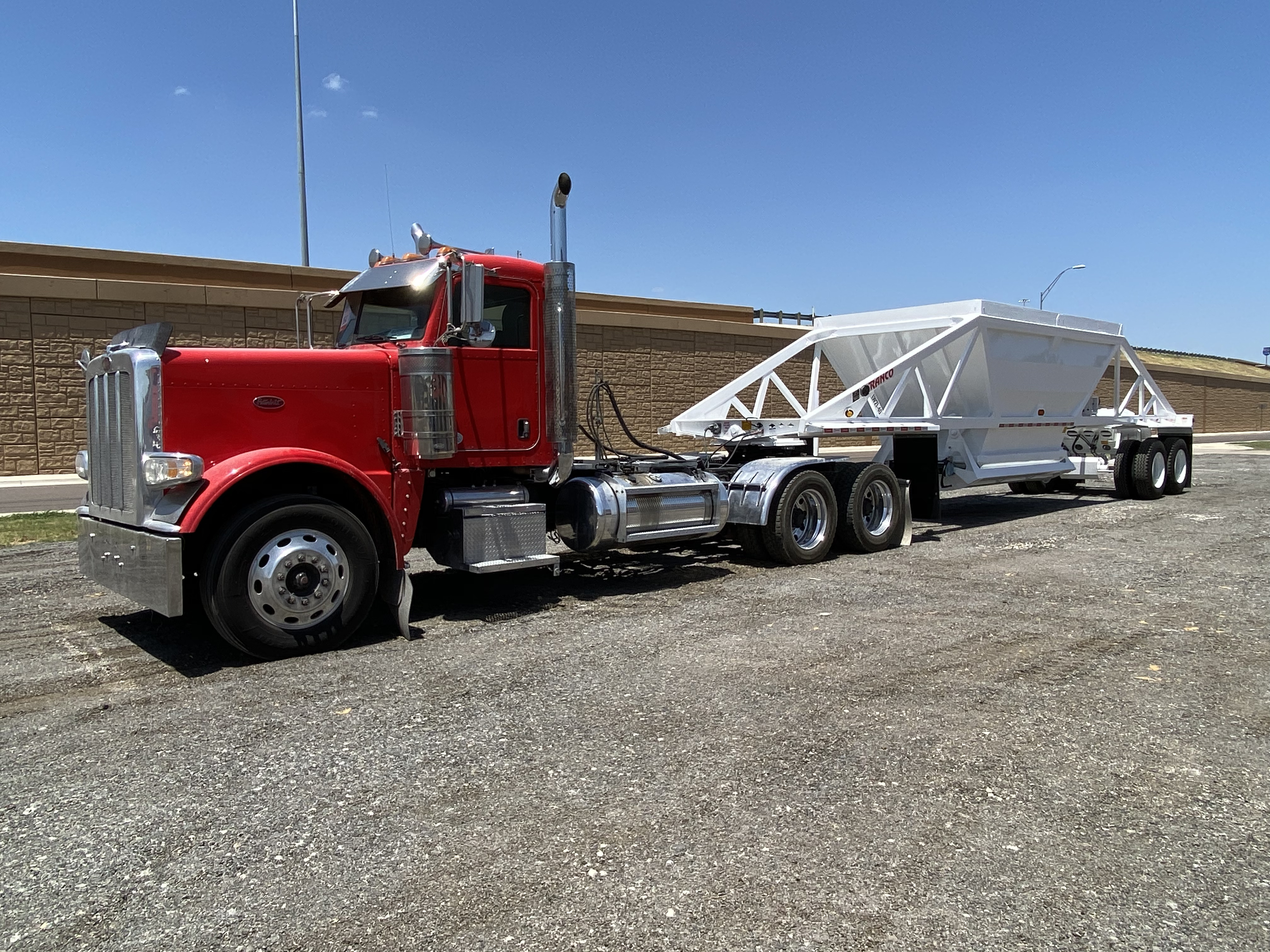
When you’re moving dirt, gravel, or aggregate, “how much fits in a truck?” isn’t a throwaway question — it’s a jobsite budget and scheduling decision that can make or break your margins.
The short answer: it depends. The long answer: understanding truck types, capacity ratings, and real-world weight restrictions can save you thousands in unnecessary costs and delays.
1. Capacity Isn’t Just About Size
Most contractors know the basic categories:
- Small dump trucks — 6–7 cubic yards
- Standard dump trucks — 10–12 cubic yards
- Tri-axle or large dump trucks — 15–16+ cubic yards
- Super dumps — up to 25 cubic yards
But those numbers assume a level load of lighter material. The moment you’re hauling dense aggregates, wet soil, or demolition debris, weight limits — not physical size — become the bottleneck.
Example: A 12-yard truck hauling wet clay may only be able to carry 8–9 yards without exceeding legal road weight limits.
2. Weight Limits: The Invisible Constraint
Every truck has a Gross Vehicle Weight Rating (GVWR), which determines how much total weight (truck + load) it can legally carry.
Here’s why this matters:
- Light material (mulch, dry topsoil): You’ll max out volume before weight.
- Heavy material (sand, gravel, wet soil): You’ll max out weight before volume.
If you’re not factoring in density, you may overestimate how much each load will move — leading to extra trips, extra fuel, and extra labor.
3. Real-World Examples
Let’s say you’re moving crushed stone:
- Density: ~1.5 tons per cubic yard
- Truck GVWR limit allows ~15 tons of material
- Capacity in cubic yards: ~10 yards per load — not the 12–14 you might expect.
With wet clay (2,700–3,000 lbs per cubic yard):
- That same truck might legally haul only 8–9 yards.
4. Why This Matters for Your Bottom Line
Even a small miscalculation adds up:
- Overestimating by 2 yards per load on a 100-load project means 200 extra yards — potentially 20+ additional truck runs.
- That’s extra hauling costs, more labor, and possible delays that ripple through your schedule.
5. How to Avoid Surprises
Ask your hauler for both volume and weight limits for the truck being used.
Know your material density — suppliers can give you accurate numbers.
Plan your loads around the heaviest likely scenario (wet, compacted material).
Confirm before you commit — a quick check can save hours and thousands in budget creep.
The Bottom Line
Truck capacity isn’t a guess — it’s a calculation. The more accurate your numbers, the more accurate your budget and delivery schedule will be.
When you know how many cubic yards are really in your truck, you:
- Reduce wasted trips
- Avoid overweight tickets
- Keep projects on schedule
- Protect your profit margin
Want to take the guesswork out of material sourcing and hauling?
Soil Connect’s Digital Marketplace lets you:
- Compare local supplier pricing instantly
- Book haulers that fit your load needs
- Avoid middleman markups

.svg)






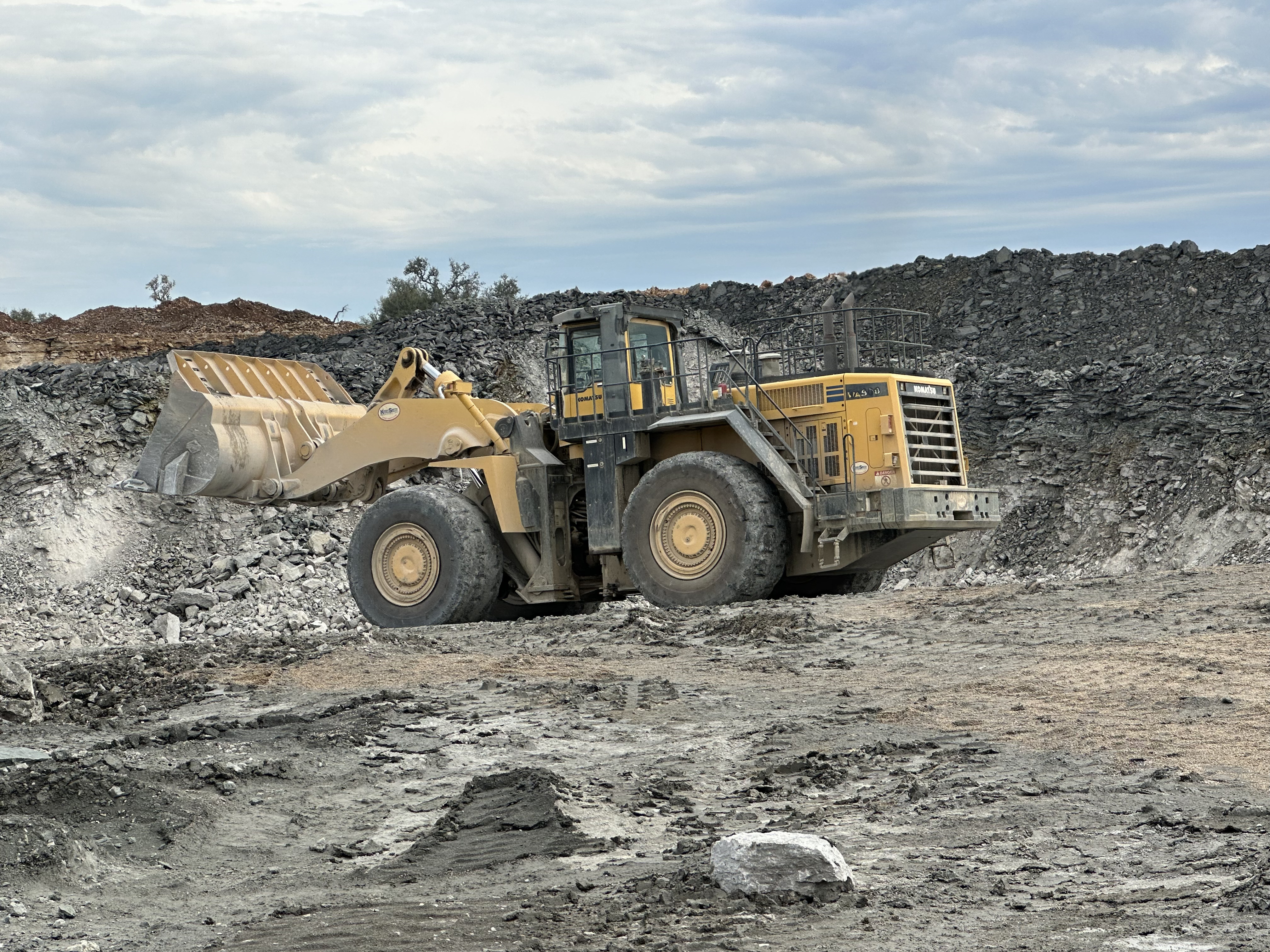



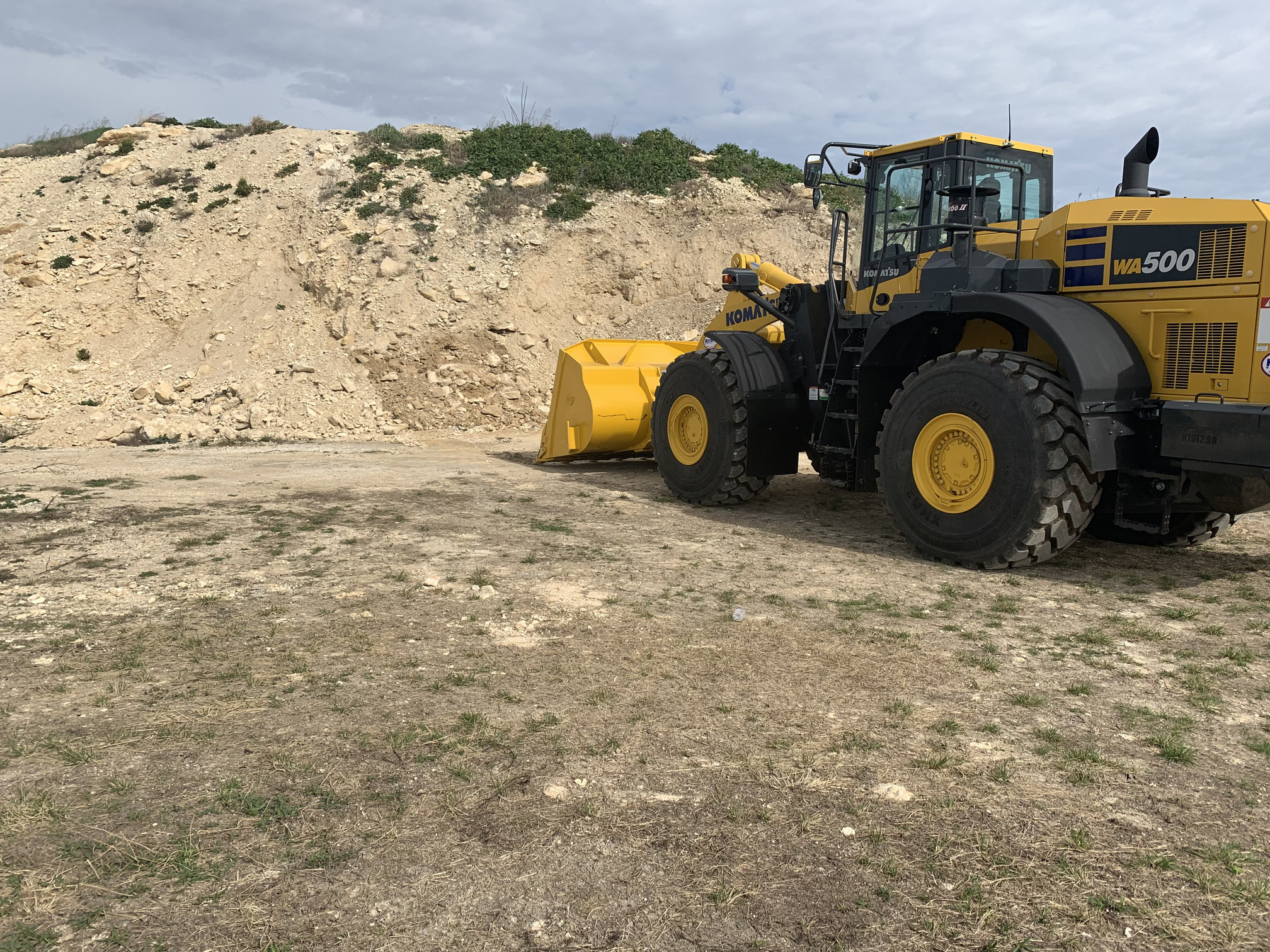
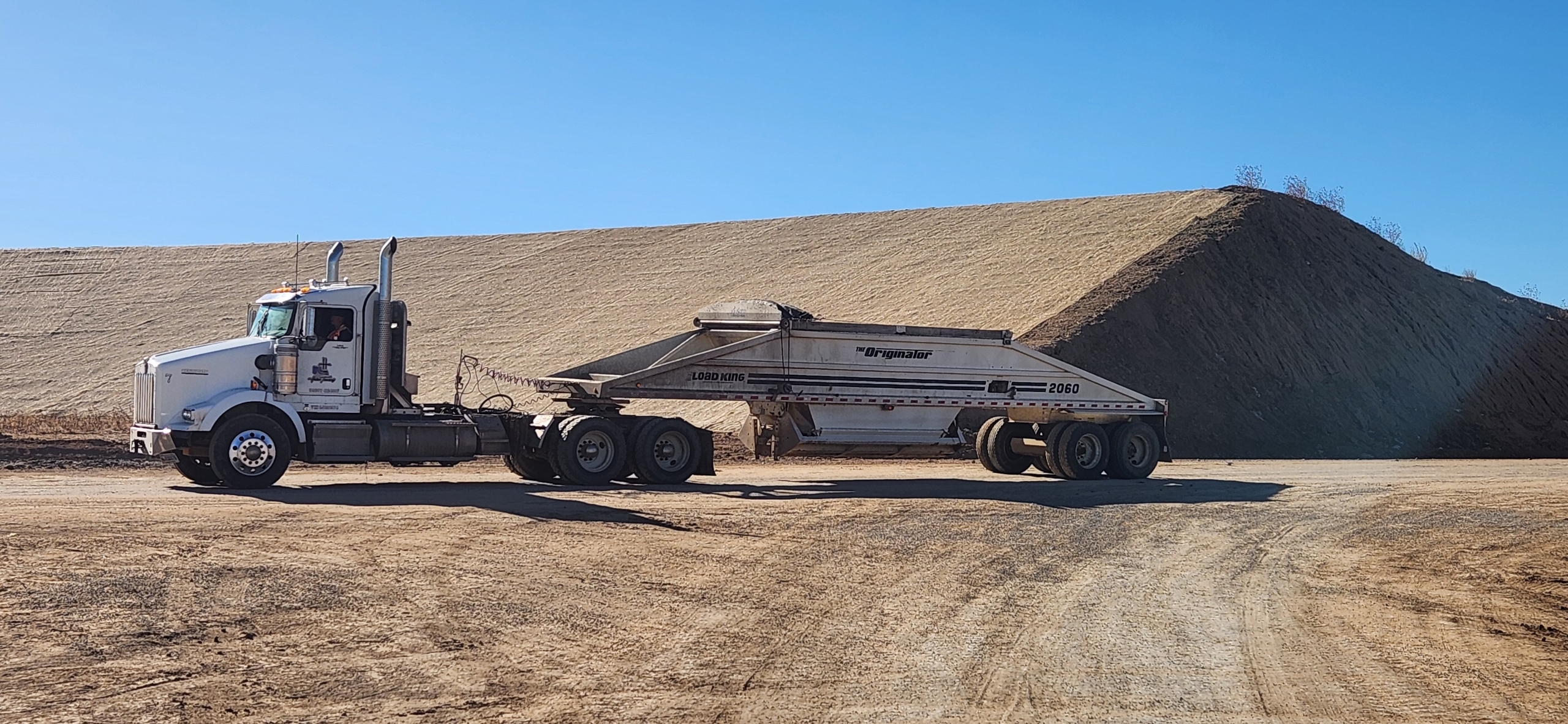
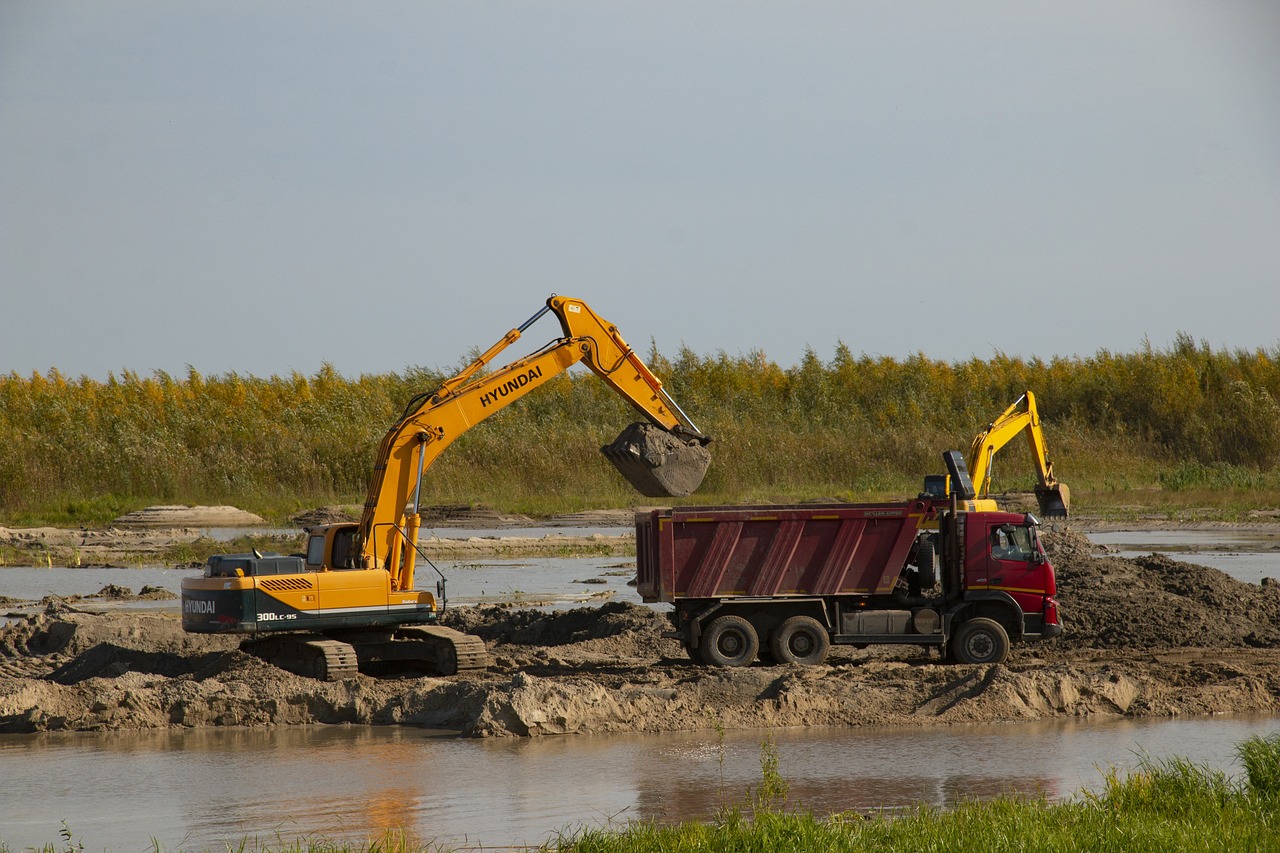

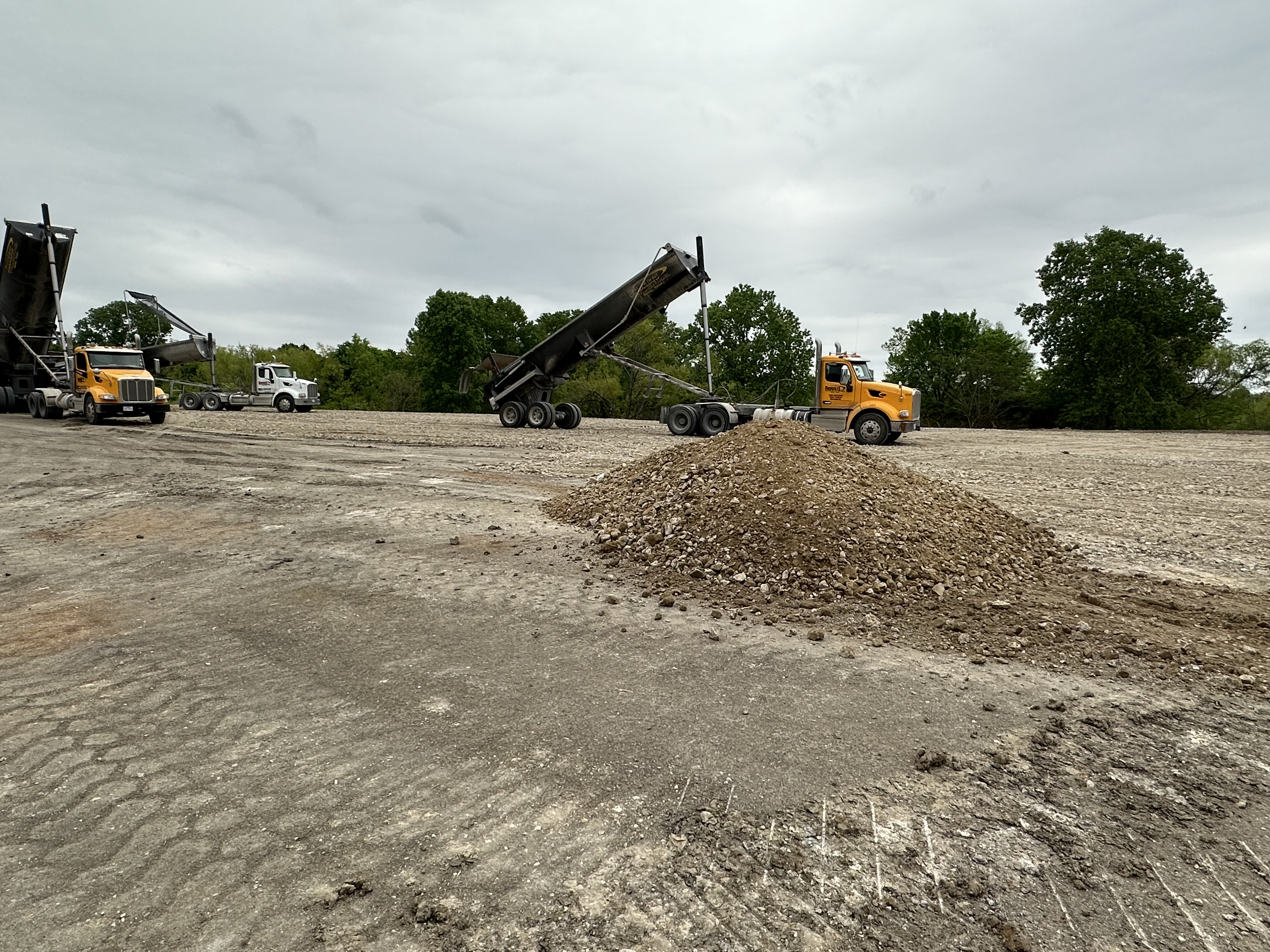

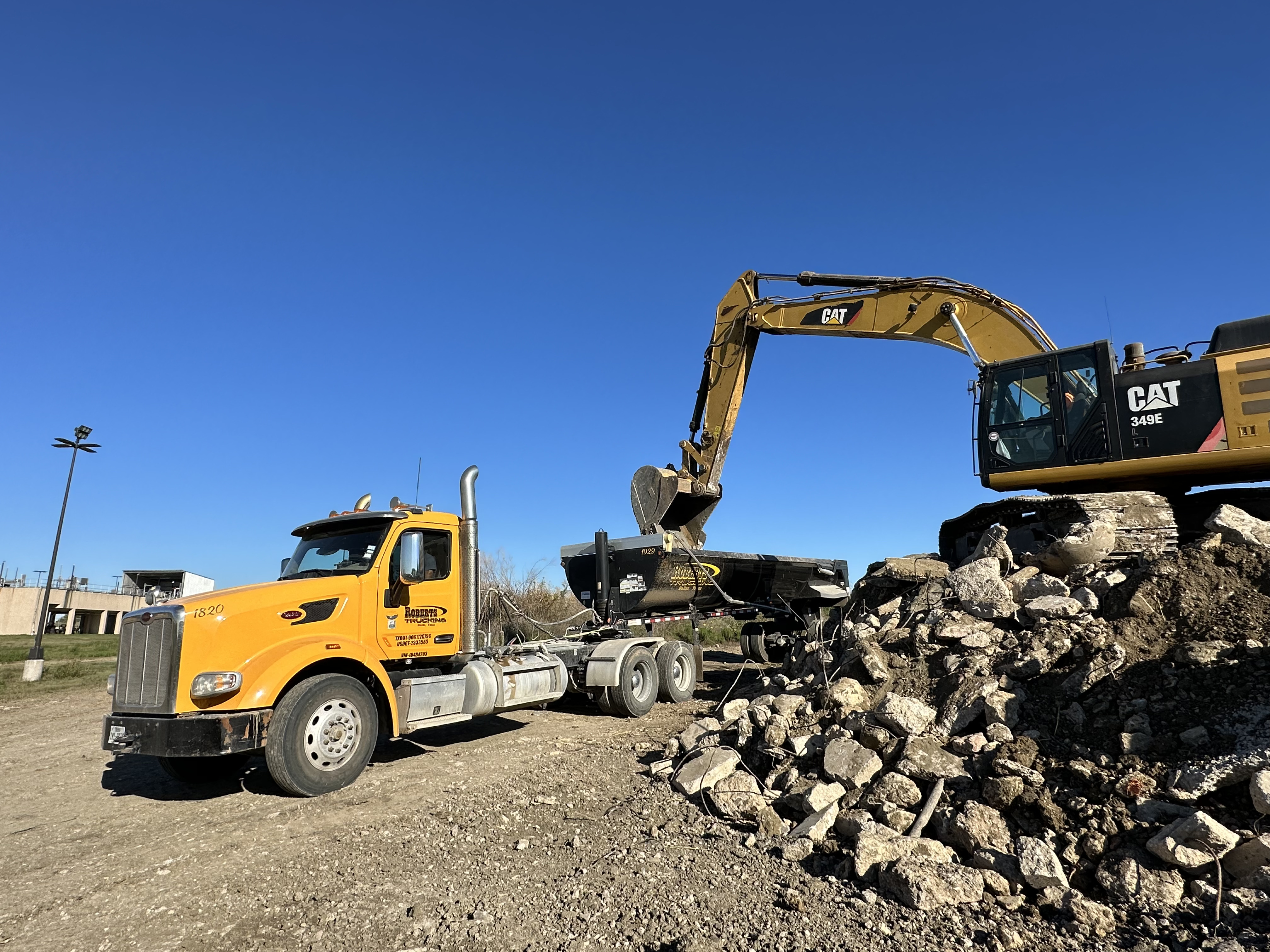
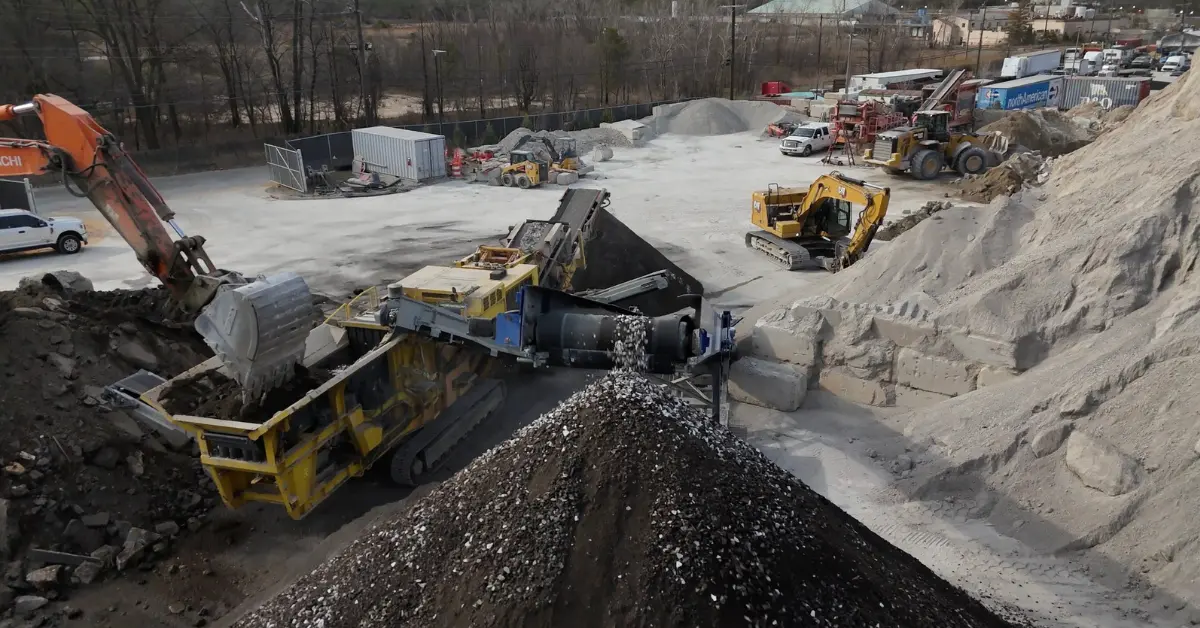
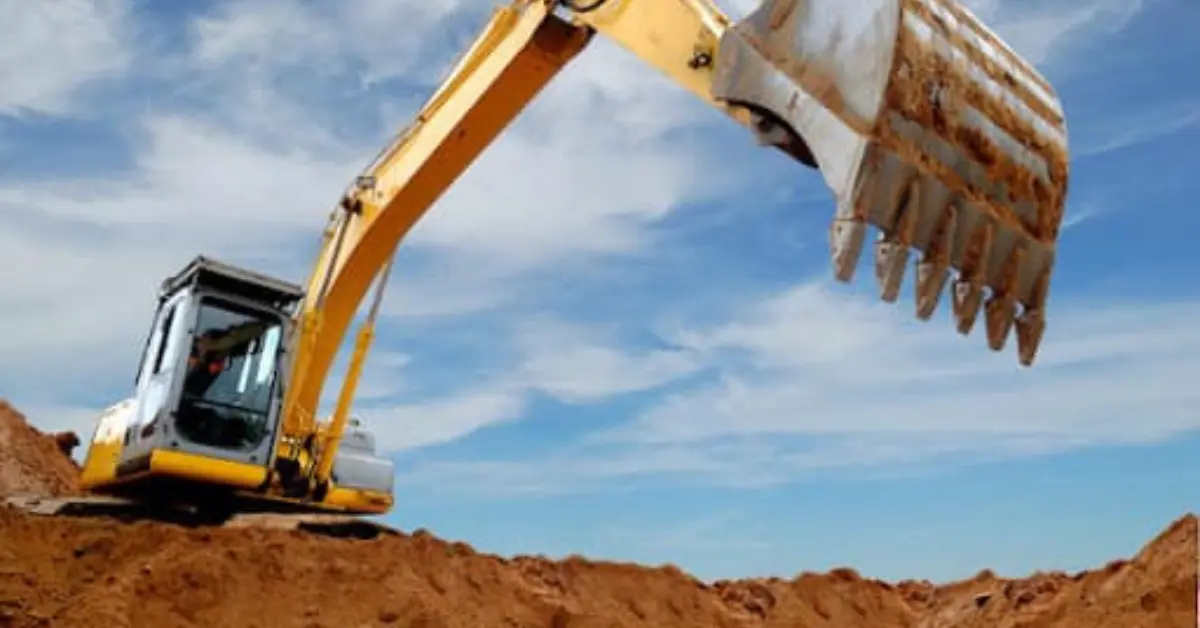
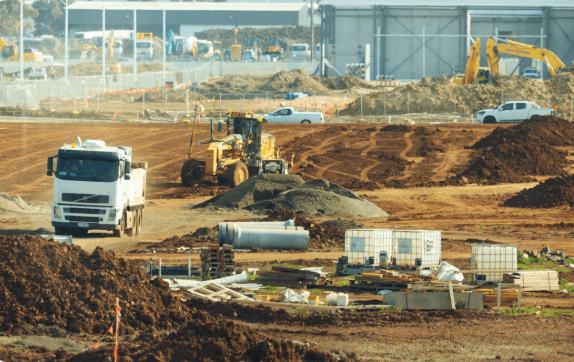

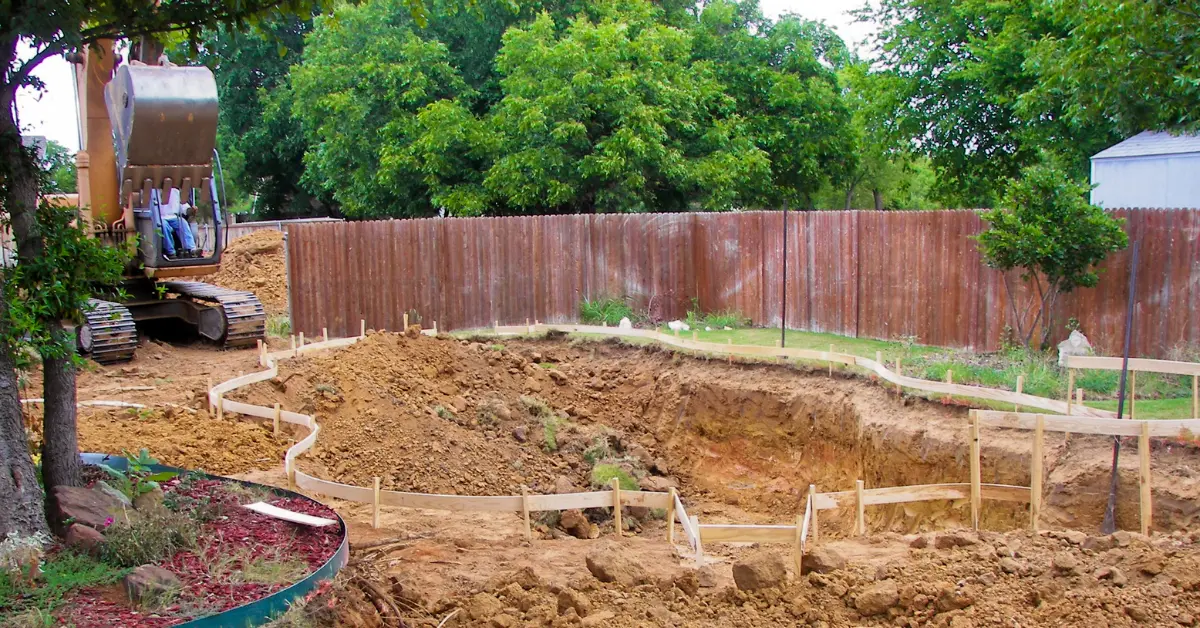
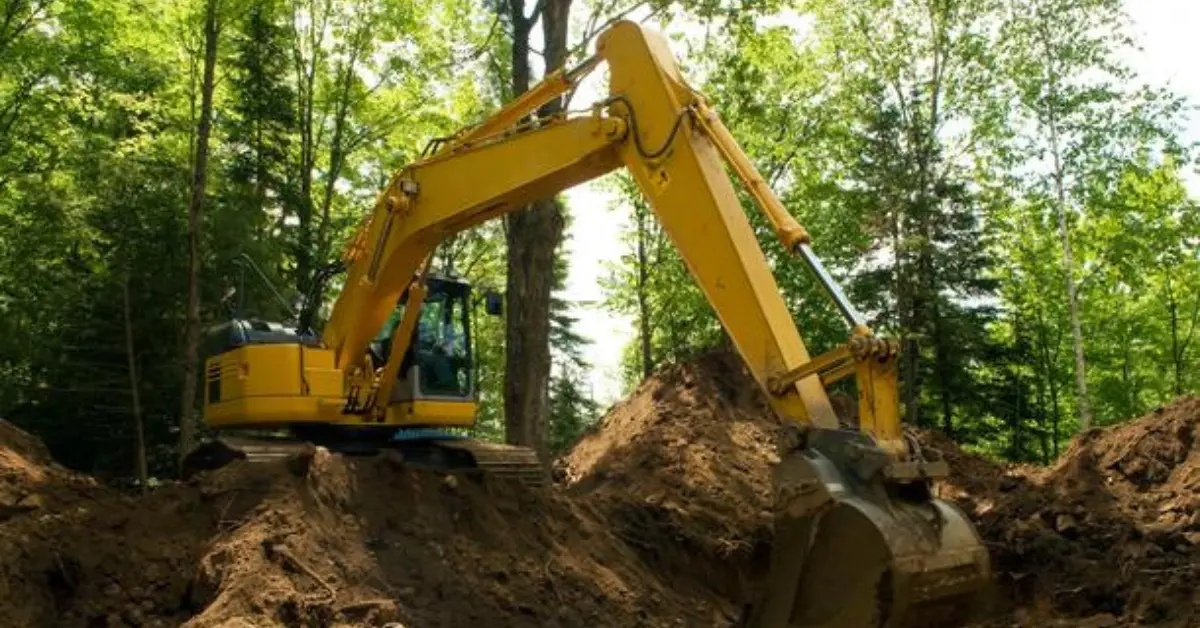
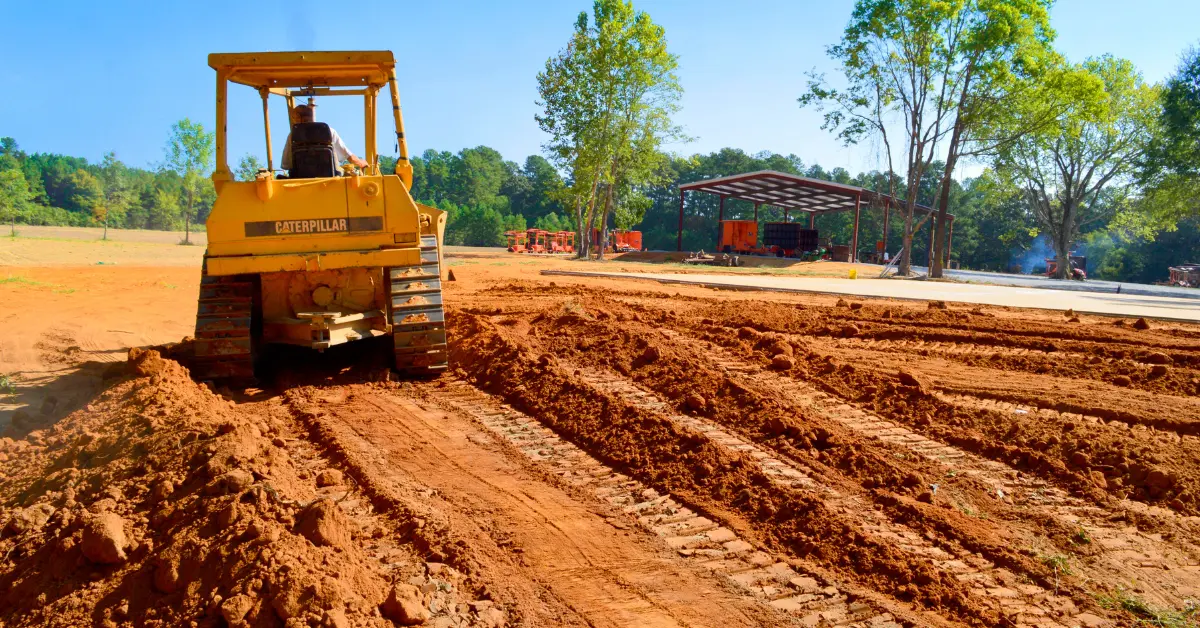
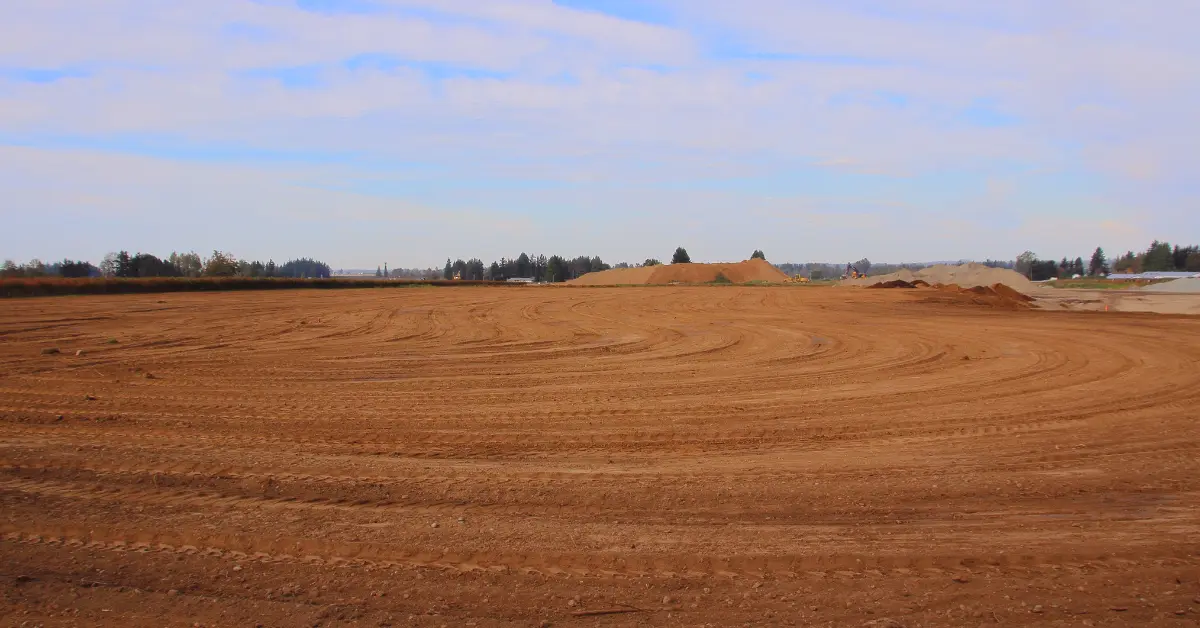



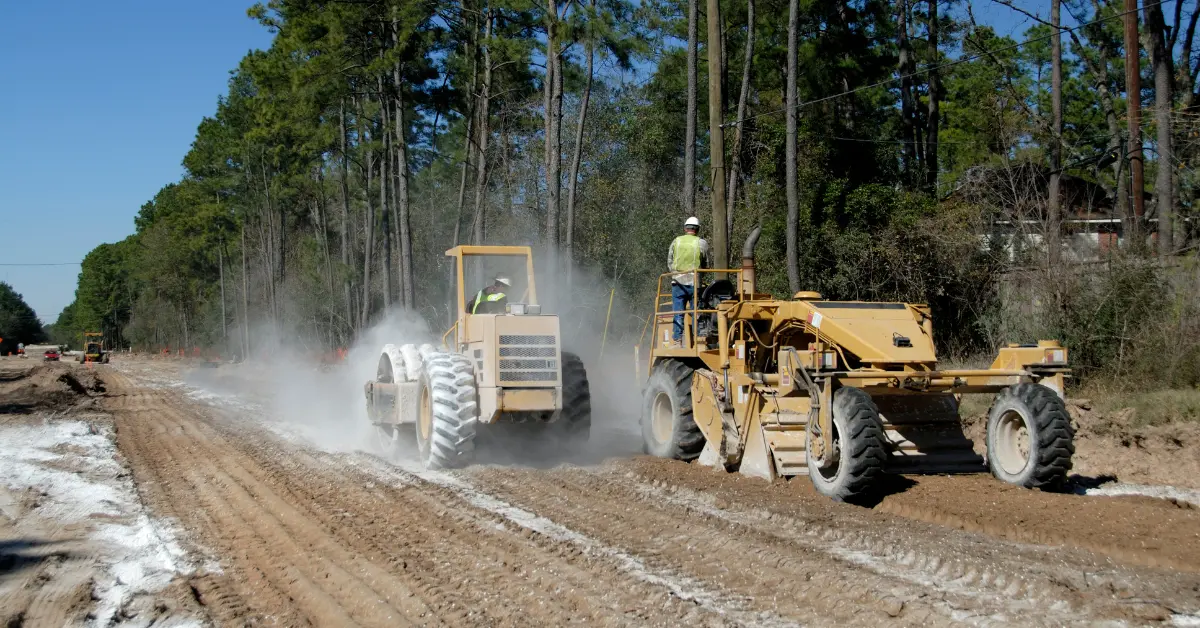




.jpg)













































